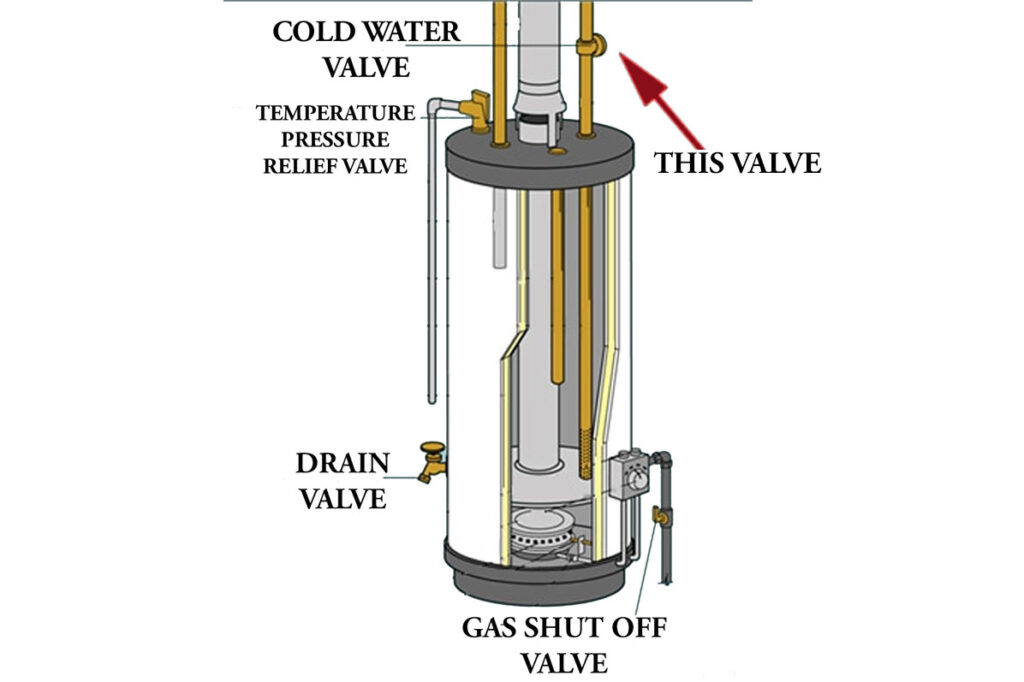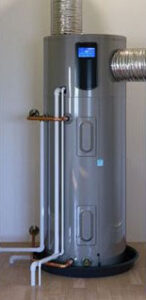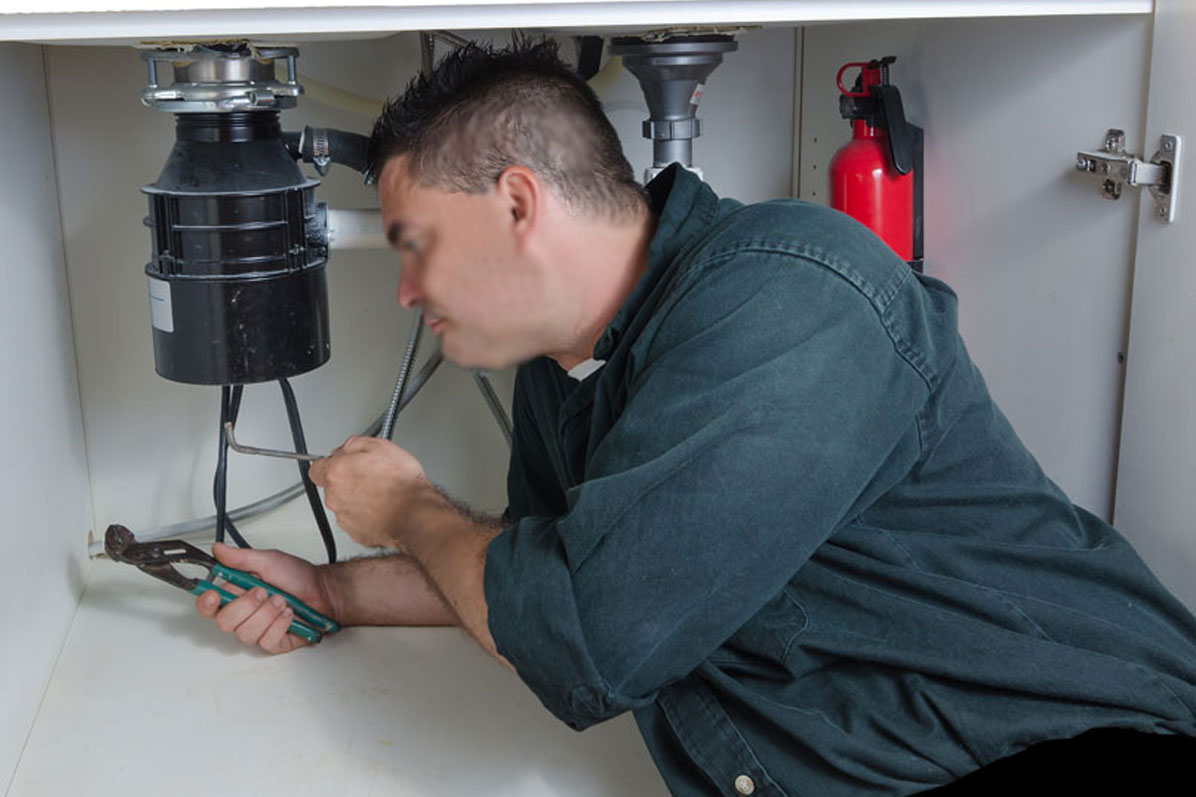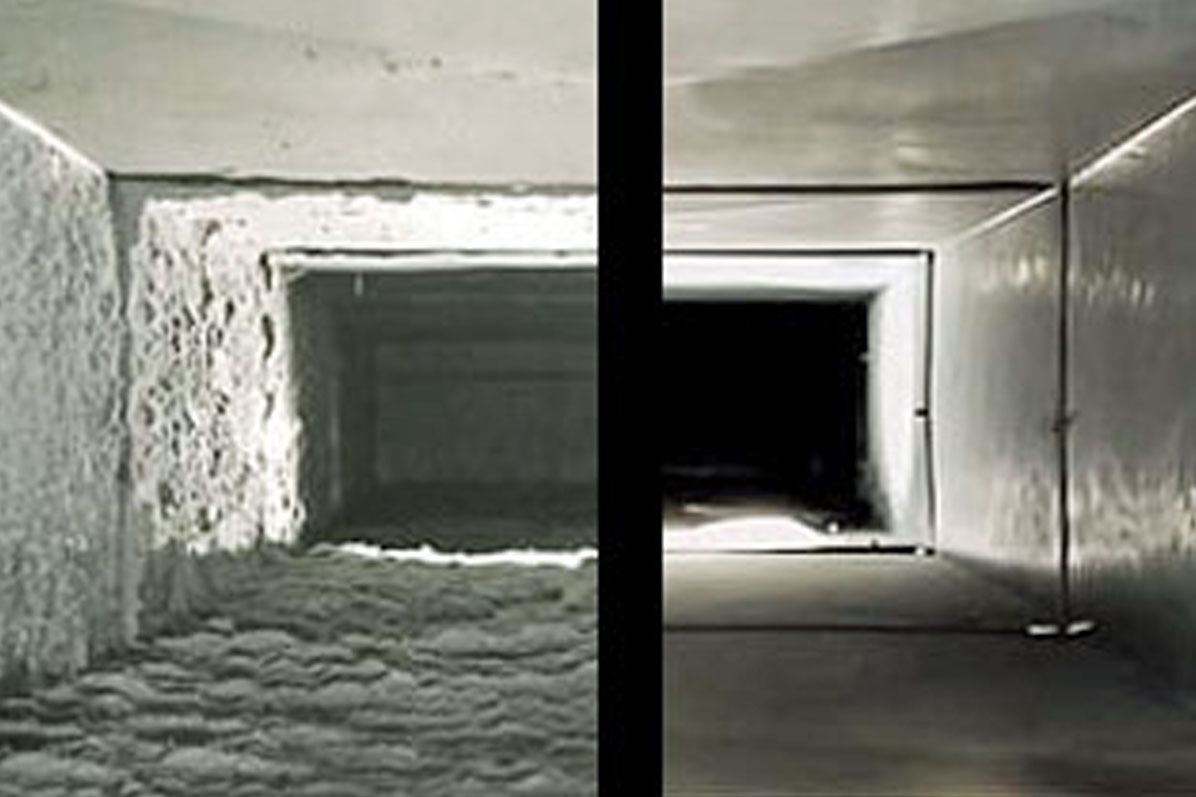While each water heater manufacturer is going to give specific instructions on how often you should drain your water heater, it is a good idea to drain it once a year. This is necessary because it helps clean out all of the gunk that has built up overtime. If the sediment and hard water is left for too long, it can threaten the functionality and lifespan of your water heater.
Draining your water heater is pretty easy and can be completed in 11 simple steps.
This task is pretty easy and can be completed in 11 simple steps.
- Turn off the re-circulation pump.
In order to do this, you simply unplug it from the wall. It is important that you make sure the pump is off before you move on to step two.
- Turn off the water heater.
If you have a gas water heater, you are going to want to put the gas line in its ‘pilot’ setting. If it is electric, then you just unplug it from the wall.

3. Shut off the water supply
In order to prevent more water from coming into the water heater as you drain it, you are going to turn the input valve of the cold-water supply pipe to its ‘off’ position
4. Connect the drain valve to a hose
The drain valve should be at the bottom of the tank and you can easily attach a hose to it. Make sure that the hose leads to somewhere you are fine with the water draining. If you want to see the results of the draining, you can lead the hose to a large bucket or empty trash can.
5. Open the drain valve
Use the valve opener to open the valve. The opener should be on the side of the valve.
6. Begin the draining process
To begin the process, you are going to introduce water into the tank. This can be done in two different ways. If your water heater tank has a pressure release valve, you can use that to introduce water. If it doesn’t, you can loosen one of the nuts on the pipe that is entering the system at the top.
7. Let the tank drain through the hose
Be careful because the water is going to be hot. You are going to want to make sure that you let the tank completely drain. If you are using a bucket or trash can, you can monitor the water, making sure it isn’t too dirty looking. If it is discolored at all, you might need to replace the water heater.

8. Stop the air intake
Now that the tank has drained, you need to stop the air from coming in. You can do this by tightening the nuts or closing the pressure release valve, depending on what method you used (step six).
9. Flush out any extra deposits
Before you take the hose off, open the cold-water supply valve (step three) so water can come into the tank and push any final deposits out. After a few minutes, you can close the drain valve and take the hose off.
10. Turn on all hot water faucets
Open all of the hot water fixtures and faucets in your house so they can flush out. After a few minutes, you can reconnect your pump (step one).
11. Turn the tank back on.
If you have a gas tank, you can turn it from ‘pilot’ to ‘on.’ If it is electric, you can just plug it back into the wall.
Easy enough right? Congratulations on successfully draining your water heater!





